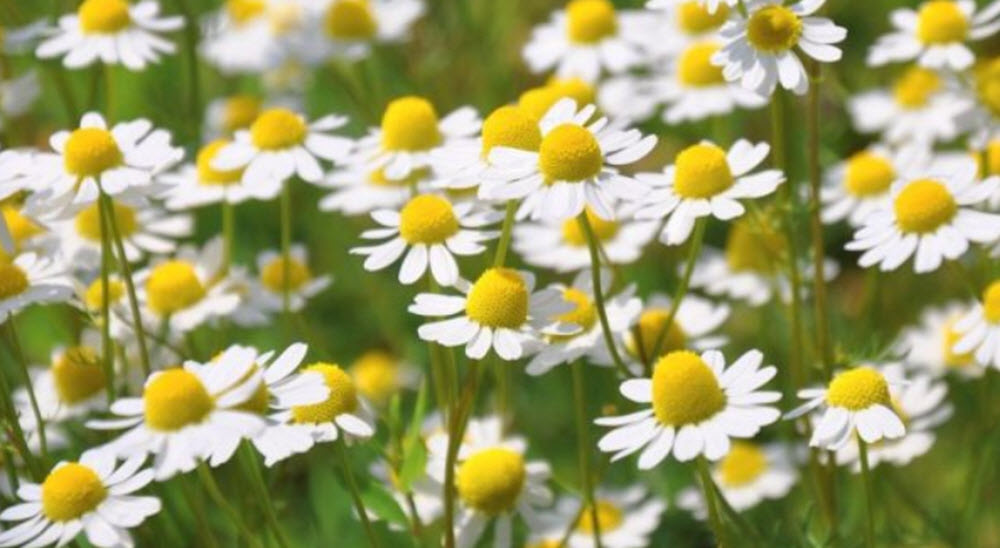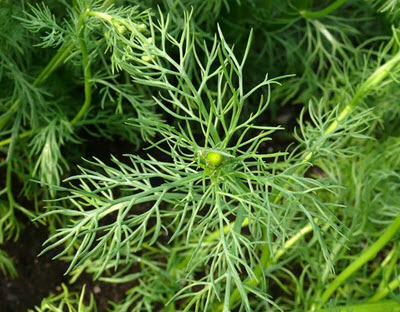Contents
Matricaria chamomilla is a flower native to Europe and temperate parts of Asia. Today, it is found in many other parts of the world as well, since it has been both deliberately and accidentaly introduced by man.
The herbal product sold as chamomile or camomile is usually made from Matricaria chamomilla, but can be produced from certain other members of the same genus too.

Scientific classification
| Kingdom | Plantae |
| Order | Asterales |
| Family | Asteraceae |
| Genus | Matricaria |
| Species | Matricaria chamomilla |
Folk medicine
Within its native region, the plant is a common ingredient in folk remedies against various ailments pertaining to the digestive system, such as stomach upset, irritated bowels and mild constipation. Chamomille infusions are also commonly drunk just prior to bedtime to make it easier to relax, fall asleep and stay asleep. Such infusions are usually made by steeping dried flowers in tepid water for at least ten minutes, preferably longer. The cup should be covered during the steeping to prevent volatile compounds from escaping.
Examples of compounds found in M. chamomilla
Modern research have shown that M. chamomilla have mild laxative, anti-inflammatory and antibacterial properties.
 Here are some examples of compounds present in the plant:
Here are some examples of compounds present in the plant:
- Apigenin (a flavonoid)
- Luteolin (a flavonoid)
- Patuletin (a flavonoid)
- Quercetin (a flavonoid)
- Bisabolol (a terpene)
- Farnesene (a terpene)
- Chamazulene (an aromatic compound)
- Coumarin (a fragrant organic compound in the benzopyrone chemical class)
Chamazulene
Chamazulene is an essential oil that can be derived from M. chamomilla using steam destillation. In vivo studies have shown chamazulene to be anti-inflammatory. The oil inhibits the CYP1A2 enzyme.
Ever wondered why painters talk about “chamomille blue” even though the chamomille flower is yellow and white? It’s because the chamazulene oil is deep-blue.
The plant M. chamomilla
M. chamomilla is native to Europe and temperate Asia, but man has introduced it to many other parts of the world, including Australia and the Americas.
The plant likes sandy, well-draining soil, but is adaptable and will tolerate several other soil types as well. Since the plant loves to grow out in the open, in direct sunlight, it often turn up in areas that have been cleared-cut by human projects, e.g. construction sites and along railways.
The plant grows to be 15 to 60 cm tall, depending on circumstances. Along the erect stem, long and narrow leaves protrude.
The blooming period lasts from early summer to midsummer. Each flowers, which has a yellow disc surrounded by white ray florets, smells is strong and pleasant.
